Middle Fork of the Salmon River Trail - Overview Info
The Middle Fork of the Salmon Trail parallels the river from Boundary Creek (RM 0) to the Big Creek Bridge (RM 77.8). Side canyon trails join the main system in many spots, and at times there are trails on both sides of the Middle Fork. Miles indicated in the title and throughout the text use river miles (RM). Though the trail covers more linear distance, the best map labels mileage in reference to floating the river corridor.
These descriptions are from a raft-supported Middle Fork hiking trip and are intended to provide a description of a typical day along the entire length of the Middle Fork Trail. While this trip is easily accomplished with raft support, backpackers will be carrying considerably more weight and will have to come up with a different plan for egress from the canyon. One option would be to charter a flight out of the canyon from the Flying B Ranch (RM 66.5). Alternately, one can hike out through either Big Creek (river left) or the Big Horn Crags (river right) once the trail leaves the Middle Fork at the Big Creek Bridge (RM 77.8).
In addition, backpackers will have more flexibility with their campsite selection and itinerary as they are not assigned specific campsites along the river. For more information about permits and wilderness regulations visit the Middle Fork Ranger District website.
For more general information about rafting the Middle Fork of the Salmon read this informative Middle Fork overview.
To avoid redundancy, these hiking descriptions focus on the particulars about the trail/hiking experience. Additional Outdoor Project adventures covering each day of a six-day Middle Fork float that include a detailed landscape description can be found here:
Middle Fork of the Salmon River – Day 1 - Boundary Creek Launch (RM 0) to Sheepeater Camp (RM 13.3)
Middle Fork of the Salmon River – Day 2 - Sheepeater Camp (RM 13) to Marble Creek Camp (RM 32.4)
Middle Fork of the Salmon River – Day 3 - Marble Creek Camp (RM 32.4) to Shelf Camp (RM 48.9)
Middle Fork of the Salmon River – Day 4 - Shelf Camp (RM 48.9) to Driftwood Camp (RM 71.6)
Middle Fork of the Salmon River – Day 5 - Driftwood Camp (RM 71.6) to Otter Bar Camp (RM 90.5)
There are three potential starting points to the Middle Fork Trail: the Boundary Creek boat launch, the official trailhead at the transfer parking lot 0.7 miles back up Boundary Creek road, or Dagger Falls Campground. If you are hiking alongside a float trip, then starting at the boat launch makes the most sense. There is no long-term parking at the boat launch, however, so backpackers will have to choose what works best for them depending on vehicle and shuttle logistics. The trail leaving the transfer camp does not encounter the river for several miles, so either the Boundary or Dagger start is recommended.
Day 1 - Boundary Creek (RM 0) to Ramshorn Creek (RM 4)
The trail leaving the Boundary Creek boat launch is primarily a boater’s access used to scout the whitewater in the first mile. It is a nice way to start the hike because it provides some river views before turning away from the water. Be sure to turn left at the unmarked junction about a quarter mile downstream to join the main trail as it crosses Sulphur Creek canyon. The right branch is a continuation of the scouting trail that ends at Gardells Hole.
Sulphur Creek is one of the few tributaries where glaciers advanced all the way to the Middle Fork. The mouth of the canyon is broad and flat, the result of a U-shaped canyon being filled with river sediments as the glacier melted and receded up canyon. Once leaving the river, hikers climb over several moraine deposits that can be identified by the un-sorted and rounded river cobbles exposed in the trail cuts.
For the next 2 miles the relatively flat trail traverses through a thick lodgepole pine forest. Hikers will pass the Morgan Ranch, which is tucked back from the trail and marked with private property signs. Other than a brief glimpse of the river after crossing the bridge over Sulphur Creek, the trail stays well away from the Middle Fork. Stay right at both well-marked trail junctions to avoid a detour west up Sulphur Creek Canyon.
The canyon narrows downstream of Sulphur Creek Canyon. Though the river can be heard and occasionally glimpsed through the trees, the trail stays above and back from the river until descending to the new bridge over Ramshorn Creek.
Ramshorn Creek (RM 4) to Trail Flat (RM 7.3)
Though not easy, the eddy below Ramshorn Rapid offers the first reasonable access to the river for hikers joining or leaving rafts. As it continues downstream, the trail stays close to the river for about a half-mile as it crosses open talus slopes before beginning a gentle climb back up the left canyon wall.
For the next 3 miles the trail traverses open and forested slopes more than 300 feet above the river and out of sight from the action-packed whitewater between Hells Half Mile and Velvet Falls. At Big Bend (RM 6.8) the trail emerges to cross above several high rock outcroppings with a nice view up canyon. The trail then descends through an open talus field to the river below and stays low until reaching the hot springs at Trail Flat Camp.
Trail Flat (RM 7.3) to Powerhouse Rapid (RM 11.5)
Downstream from Trail Flat hikers will begin to notice the impacts of the 2008 fires that burned the understory and charred some of the tree trunks. The bridge over Elkhorn Creek was destroyed and had not been replaced by 2014. Hikers may have to wade the creek, but they are rewarded with a pretty viewpoint above the river. From here to Deer Horn Creek, regrowth and recovery from the fire have resulted in several overgrown sections of trail.
Deer Horn Creek marks a significant change in the landscape. Broken rock walls soar overhead and massive slopes of talus drop to the rivers edge. After passing through the intense burn at the mouth of Deer Horn Creek the trail drops close to the river (access to boats is possible here), where it begins a long traverse across the open talus slopes above Powerhouse Rapid. Amazingly, the trail continues for more than a mile through the talus as a four-foot wide path excavated from the jumble of boulders. Though the walking can be difficult, the views of Powerhouse Rapid and the rugged, fire-scarred landscape are spectacular.
Powerhouse (RM 11.5) to Sheepeater Camp (RM 13.3)
The trail stays above and out of sight of the pool at the bottom of Powerhouse Rapid, so it is not an ideal place to pick up or drop hikers. A shorter talus crossing below the rapid leads to the flat river terrace at Joe Bump Camp. This bar is a neat historical site with an old cabin and remnants of placer mining to explore. Downstream and around the corner the grave of Elmer “Set-trigger” Purcell lies just off the trail.
At the next right hand bend below Joe Bump the trail is forced to climb over some rocky outcroppings. At the high point the trail is narrow, eroded, and can be exposed for some hikers. The perspective looking onto the bedrock island and the massive, 2,600-foot burned face opposite Sheepeater Camp is quite impressive. The trail descends to another flat terrace about 30 feet above the river before cutting inside the big Sheepeater Bend for a more direct route to the hot springs and camp.
Next Day – Middle Fork of the Salmon River Trail – Day 2
Reference: All content excerpted from The Middle Fork of the Salmon River – A Comprehensive Guide by Idaho River Publications.
Logistics + Planning
Current Weather: Powered by Dark Sky







Preferable season(s)
Congestion
Parking Pass
Pros
Cons
Trailhead Elevation
Features
Suitable for
Nearby Adventures
Nearby Lodging + Camping
Our mission is to inspire adventure with beautiful, comprehensive and waterproof map-based guidebooks. Owner, publisher, and photographer Matt Leidecker, grew up exploring and guiding on the rivers in central Idaho. His award winning Middle Fork of the Salmon River – A Comprehensive Guide is the standard by which other river guidebooks are measured. Printed on virtually indestructible YUPO paper, IRP guides are truly unique all-in-one resources for adventure. Each book is loaded with full-color maps, stunning photographs, and information on the history, geology, and wildflowers. Visit Idaho River Publications to explore our guidebooks to the Rogue River in Oregon and the mountains of Central Idaho.















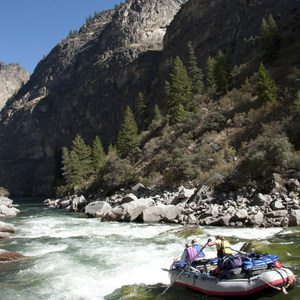
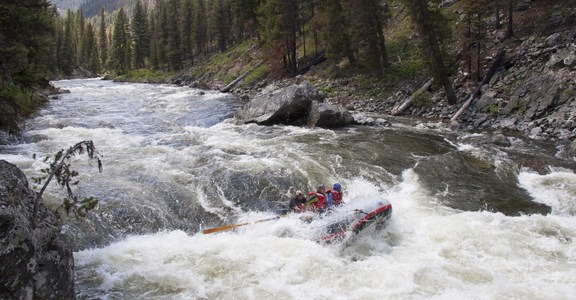
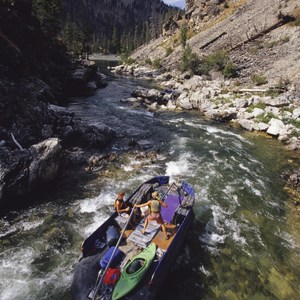
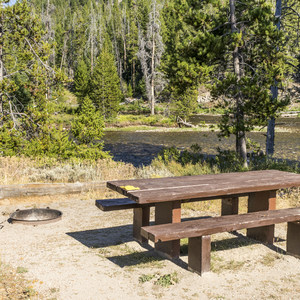
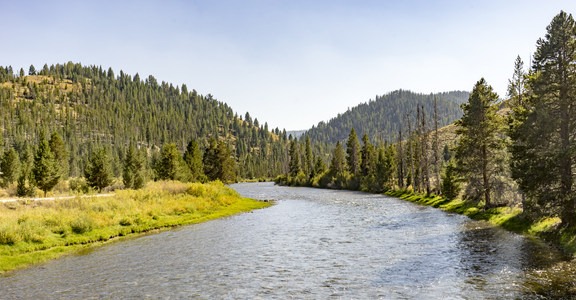
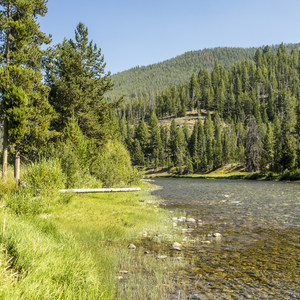

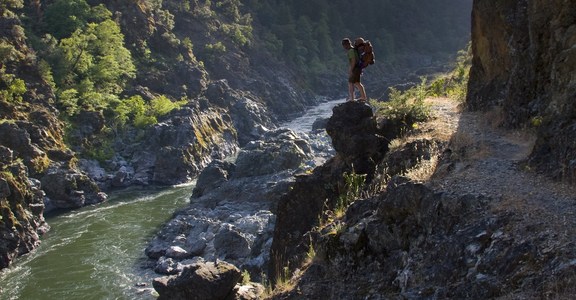
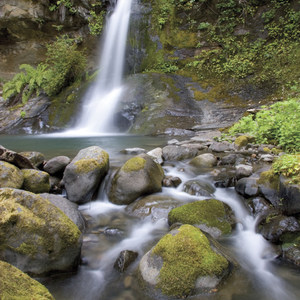
Comments
Sign In and share them.